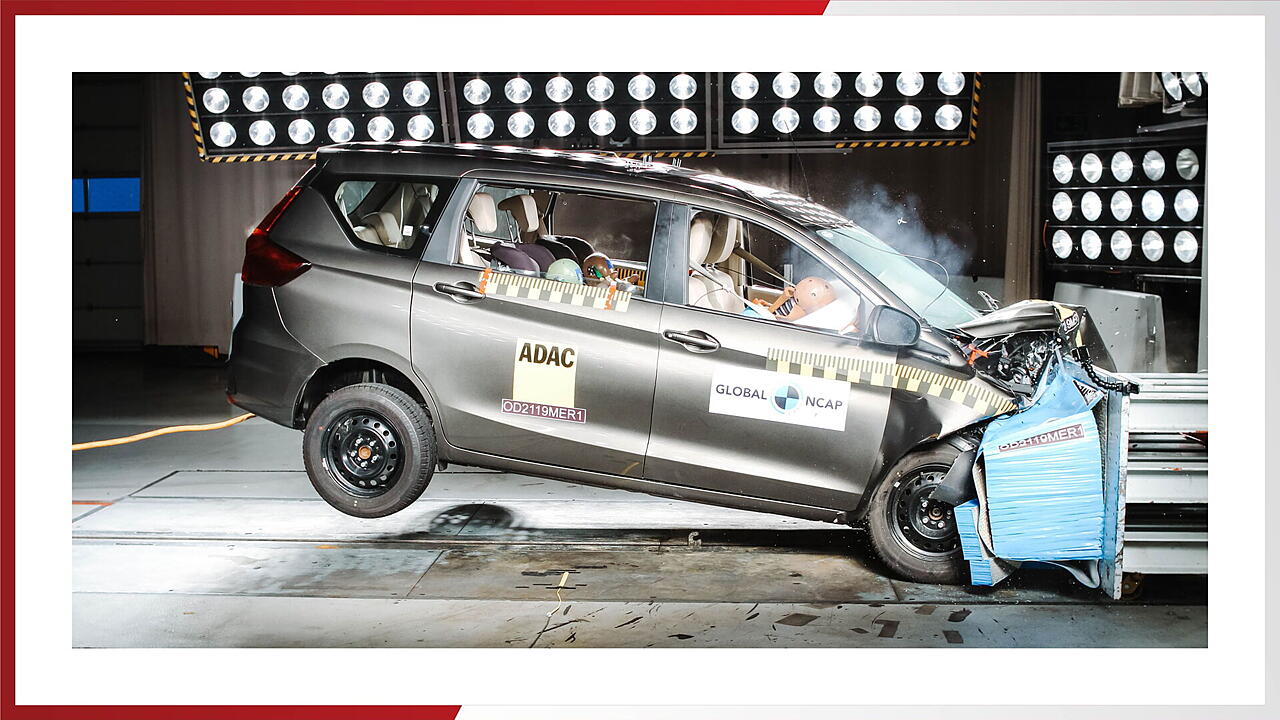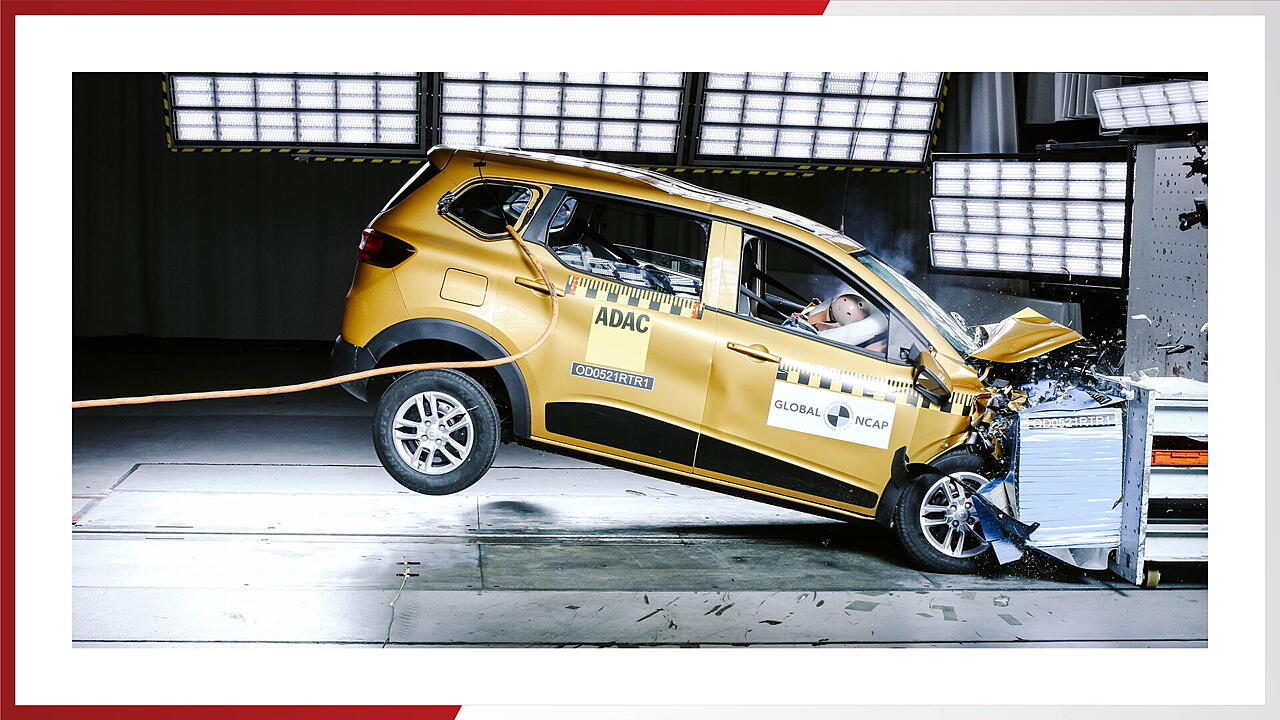
The latest results from Global NCAP’s #SaferCarsForAfrica campaign reveal concerning safety ratings for two popular models in the African market. The Renault Triber received a disappointing two-star rating for occupant safety, while the Maruti Suzuki Ertiga managed only a one-star rating.
Global NCAP’s crash test protocols evaluate frontal and side impact protection, as well as Electronic Stability Control (ESC). To achieve the highest star ratings, vehicles must also meet standards for pedestrian protection and side pole impact protection. The #SaferCarsForAfrica initiative, run in collaboration with the AA of South Africa and supported by Bloomberg Philanthropies and the FIA Foundation, aims to highlight the importance of vehicle safety in the African market.
Alejandro Furas, Global NCAP Secretary General, expressed disappointment in the low safety performance of renowned brands like Renault, Kia, and Maruti Suzuki in South Africa, contrasting with their higher safety standards in other markets. He questioned why African consumers should not receive the same level of protection.
David Ward, Executive President of the Towards Zero Foundation, criticised the double standard in safety between low and middle-income economies and more affluent regions. He stressed that manufacturers know how to build safer cars and that addressing this disparity is a top priority for Global NCAP.
Maruti Suzuki Ertiga (2 Airbags Standard)
The India-made Maruti Suzuki Ertiga, equipped with two frontal airbags as standard, showed several safety concerns. Its structure was rated as borderline unstable, and the foot well area was unstable, with pedal displacement indicating injury risks to the driver’s lower legs. While head and neck protection for adult occupants was good, chest protection was only marginal for the driver and good for the passenger.

Side impact tests revealed good protection for the head, pelvis, and abdomen, but only adequate protection for the chest. The absence of side airbags, even as an option, was a significant drawback. Additionally, the passenger pretension failed to function correctly. Child occupant protection was poor, particularly for the 18-month-old dummy. The Child Restraint System (CRS) was installed in a forward-facing position, which is not recommended for that age group. The rear centre position only offered a lap belt, leading to a substantial loss of points in child occupant protection. The passenger airbag cannot be disconnected if a rearward-facing CRS is installed in the front seat. However, the Ertiga does offer standard ISOFIX anchorages.
Renault Triber (2 Airbags Standard)
The India-made Renault Triber also showed mixed results. While head and neck protection for the driver and passenger was good, chest protection for the driver was weak in both frontal and side impacts. The car's structure exhibited unstable performance. Side impact protection for the head, abdomen, and pelvis was good, but the Triber lacks side airbags and standard ESC.

Child occupant protection in the Triber was inadequate, with no ISOFIX anchorages and poor performance for the Q3 dummy, particularly in head, neck, and chest protection during a forward crash. The Q1.5 dummy showed good protection in both tests. The lack of three-point restraints in all seating positions and the inability to disconnect the passenger airbag when using a rearward-facing CRS contributed to the poor overall rating.